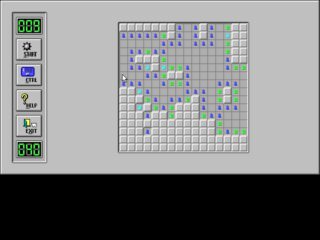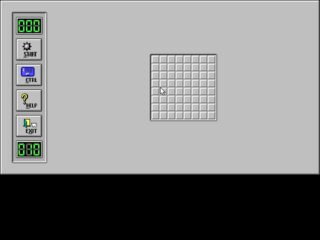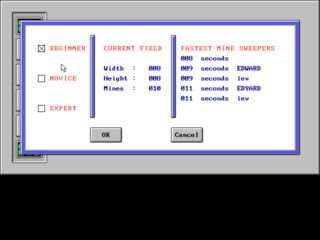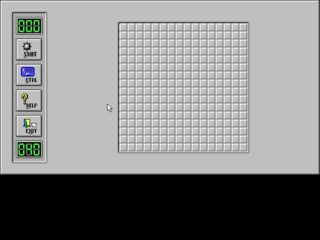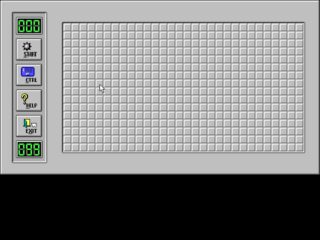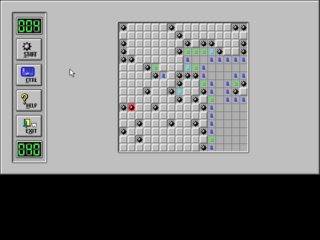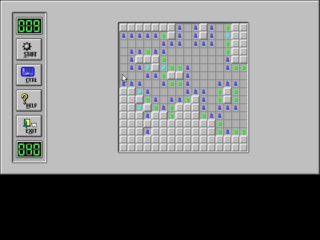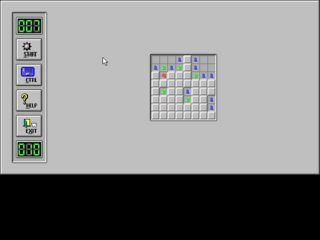MineSweeper (also known as Flower Field) is one of the most popular video games ever created.
The game we all know today was written by Robert Donner and Curt Johnson and was included for free in Windows 3.1 in 1990. It was so successful that Microsoft decided to keep it updated, and it was included in all the following versions of Windows, up to Windows Vista. Due to the protests of some groups, at some point, the mines were replaced by flowers; that's why it changed its name to Flower Field.
As with many brilliant games, the rules are simple, but playing MineSweeper is not so simple. The goal is to discover all the mines hidden in the field without exploding. At the beginning of the game, a certain number of bombs are hidden randomly in the grid. If you click a cell that doesn't contain a mine, the cell will show a number. The number indicates the total number of bombs present in the eight adjacent cells. With this, you must imagine where the bombs could be and avoid clicking them. With the right click of the mouse, you can "flag" a cell to remember that it can contain a mine. When you click a cell without bombs around it, the cell is cleaned, and with it, all the other free cells around it.
Difficulty levels are 3: the first one has ten mines and a grid of 8x8 (later changed to 9x9); the intermediate has 16x16 cells, with 40 mines, and the expert has 99 mines on a 30x16 grid.
The version we are presenting here is an MS-DOS version released for free in 1991, totally faithful to the original. Thanks to the emulator, you can play it on Windows and Mac.

